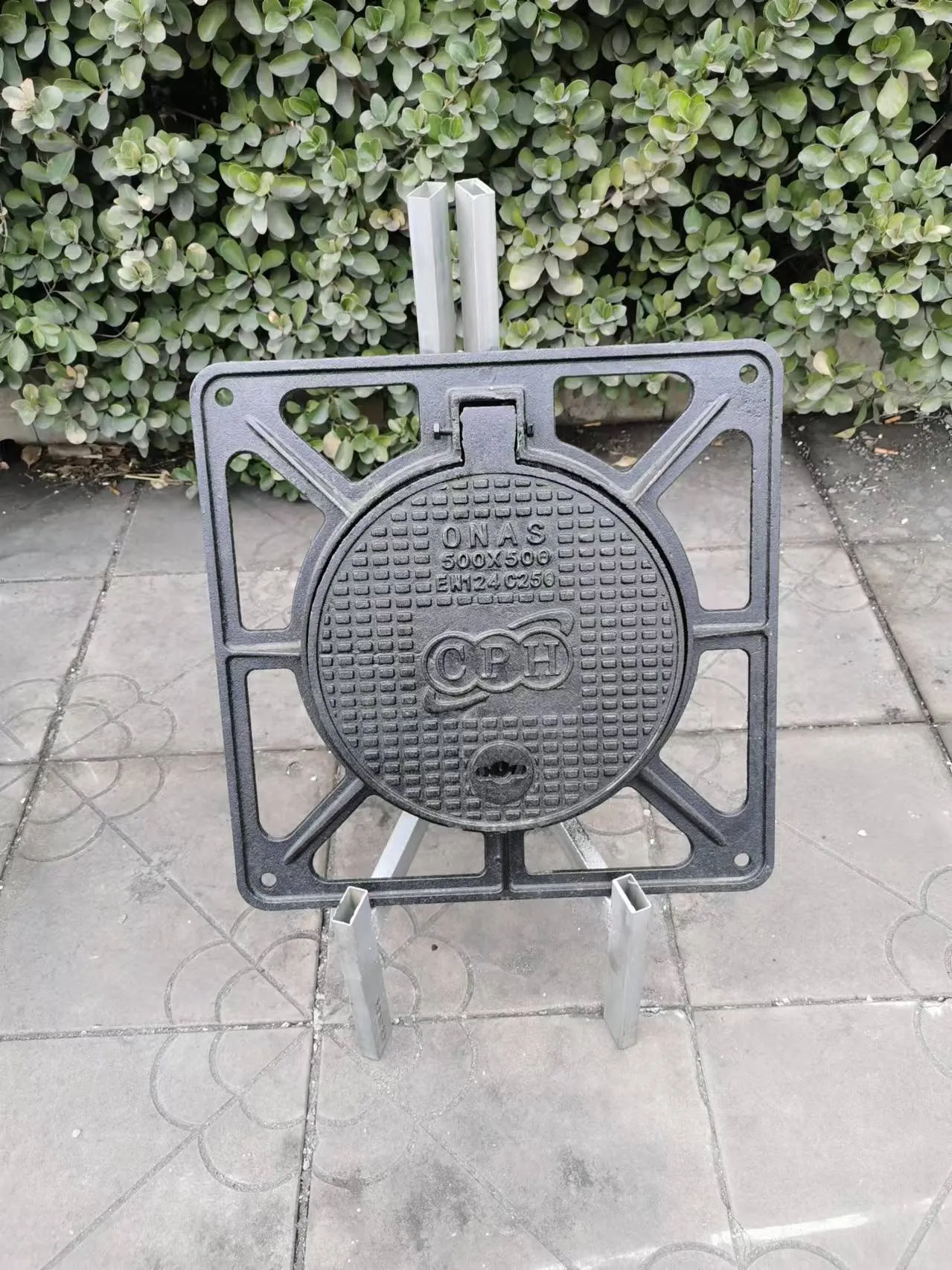Air Release Valve for Dry Riser Systems in Fire Safety Applications
Understanding Dry Riser Air Release Valves Importance and Functionality
Fire safety systems are a critical component of building design, especially in high-rise and large commercial structures. Among the various elements that contribute to effective fire suppression systems, the dry riser is a vital feature. This article delves into the significance of air release valves in dry riser installations, explaining how they function and their importance in fire safety.
A dry riser is a vertical pipeline installed in buildings to enable firefighters to quickly access water for extinguishing fire. Unlike wet risers, which are always filled with water, dry risers remain empty until they are needed. This design is primarily used in buildings where the water supply may not be present on every floor or in regions that experience freezing temperatures, making it essential to control the presence of water in the pipes.
Understanding Dry Riser Air Release Valves Importance and Functionality
When water begins to flow into a dry riser, it pushes out the air that has been trapped inside the pipeline. The air release valve is strategically placed at the highest point of the dry riser system. As the pressure increases when water enters the pipe, the valve opens automatically, allowing the compressed air to escape. This process not only ensures that there is minimal air resistance but also prevents potential air pockets that could impede water flow, which is vital during a fire emergency.
dry riser air release valve

In addition to enhancing the efficiency of water flow, the air release valve helps to prevent water hammer—a phenomenon caused by the sudden change in pressure when water starts and stops flowing. Water hammer can cause significant damage to the fire protection system and other plumbing within the building. By facilitating the release of trapped air, the valve minimizes the risk of pressure surges, ensuring a stable and reliable system.
Regular maintenance of the air release valve is essential to guarantee its functionality during emergencies. Fire prevention authorities recommend inspecting and testing these valves periodically to ensure they are not blocked or malfunctioning. Proper maintenance involves checking for mechanical failures, ensuring that seals are intact, and confirming that the valve opens and closes properly when needed. Neglecting this maintenance can lead to serious safety risks, especially if the valve fails during a critical moment.
In summary, the air release valve is an essential component of a dry riser system, playing a vital role in the overall efficiency and reliability of fire safety measures. By allowing trapped air to escape, these valves ensure a smooth flow of water during firefighting efforts, minimize the risk of water hammer, and promote a safe environment in buildings.
As the architecture of cities evolves and building heights increase, the importance of efficient fire suppression systems cannot be overstated. Understanding the roles of each component, including the air release valve, is crucial for ensuring that these systems function effectively in protecting lives and property from the devastating effects of fire. Fire safety is not just about prevention; it is about ensuring that when danger arises, every element of the system performs as intended.
-
The Smarter Choice for Pedestrian AreasNewsJun.30,2025
-
The Gold Standard in Round Drain CoversNewsJun.30,2025
-
The Gold Standard in Manhole Cover SystemsNewsJun.30,2025
-
Superior Drainage Solutions with Premium Gully GratesNewsJun.30,2025
-
Superior Drainage Solutions for Global InfrastructureNewsJun.30,2025
-
Square Manhole Solutions for Modern InfrastructureNewsJun.30,2025
-
Premium Manhole Covers for Modern InfrastructureNewsJun.30,2025
